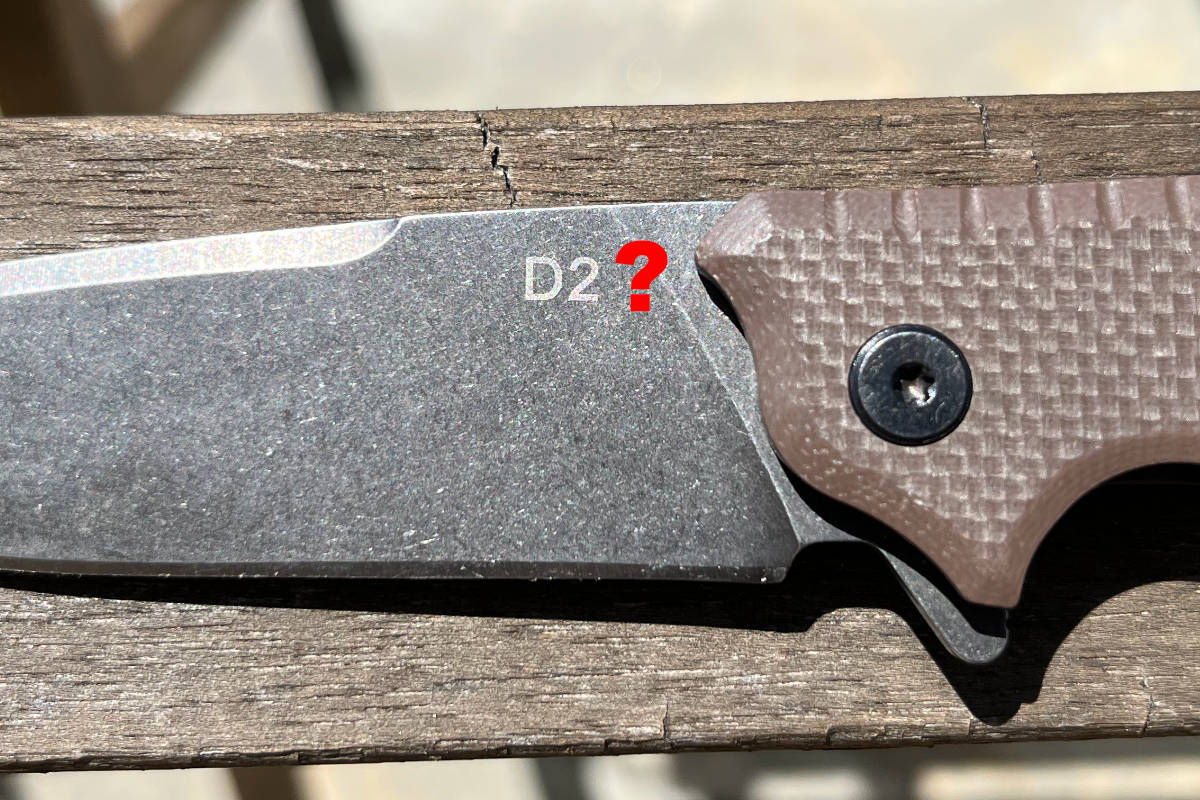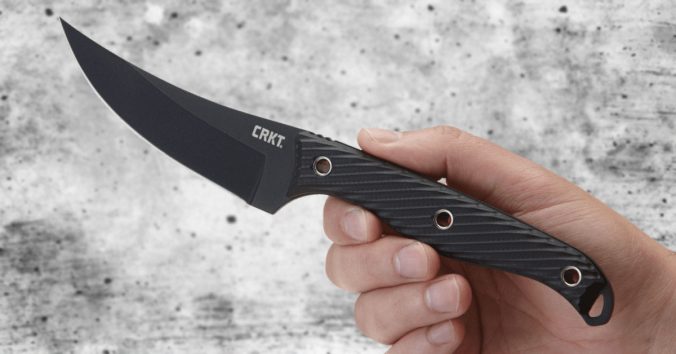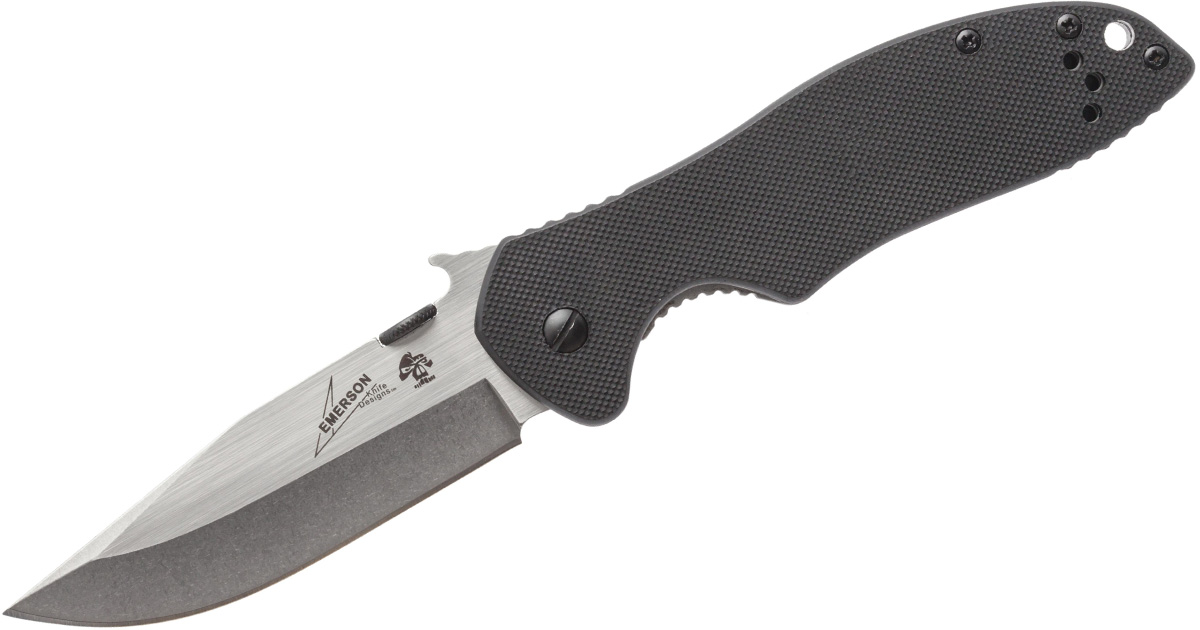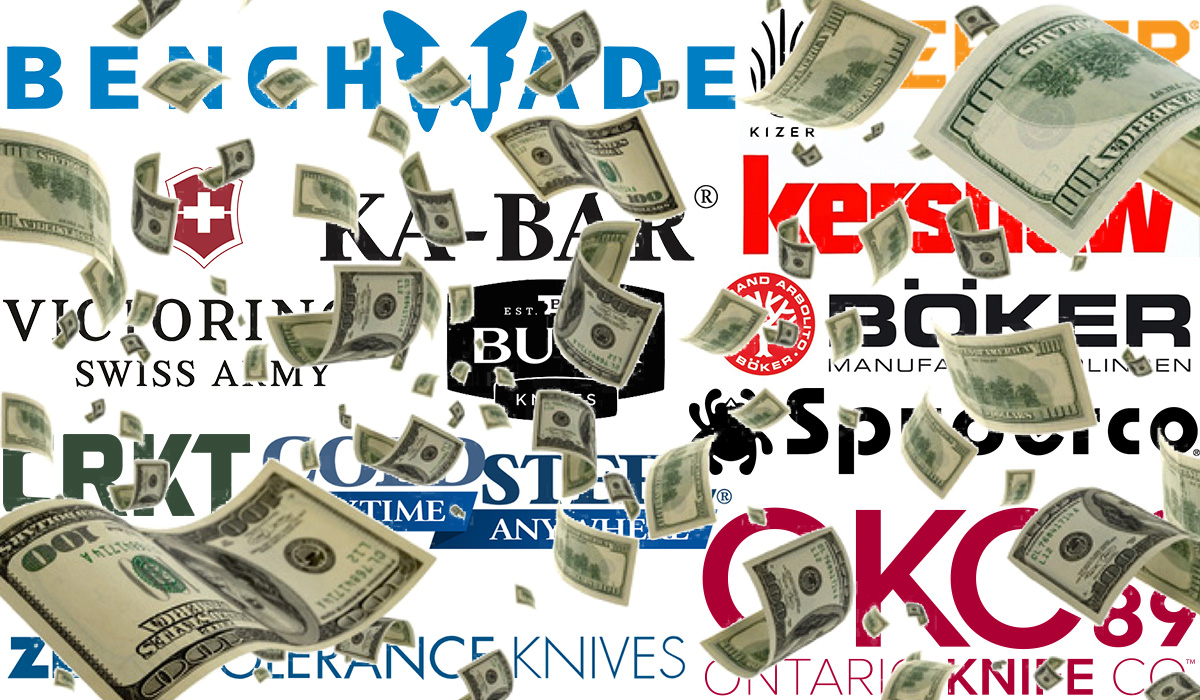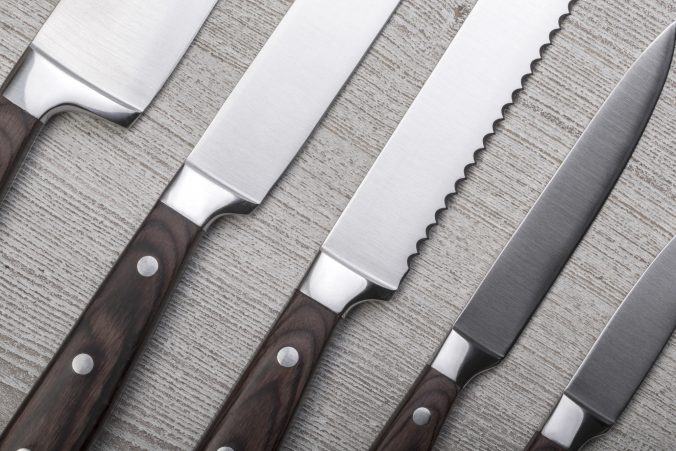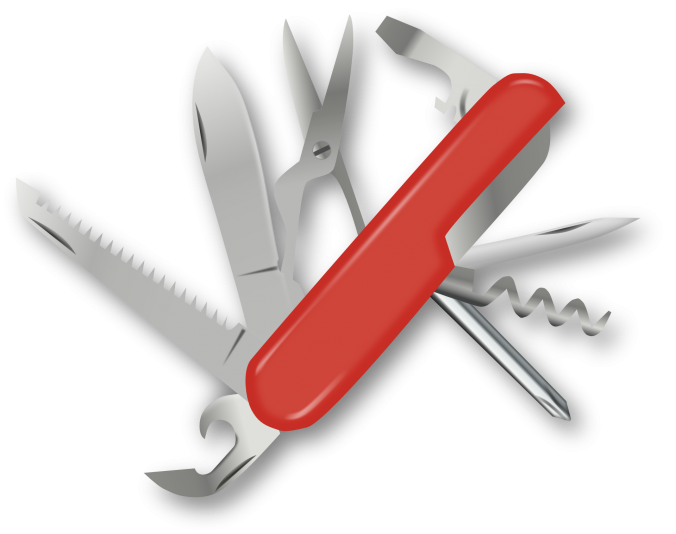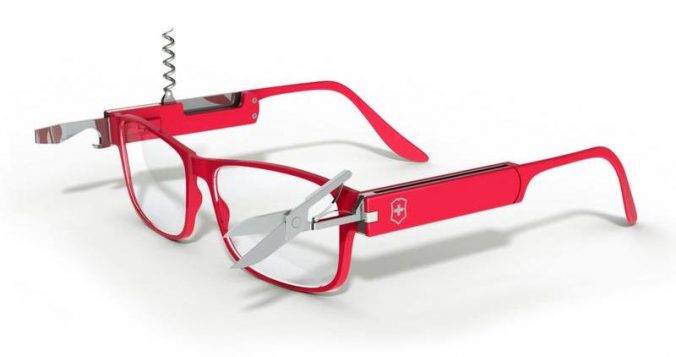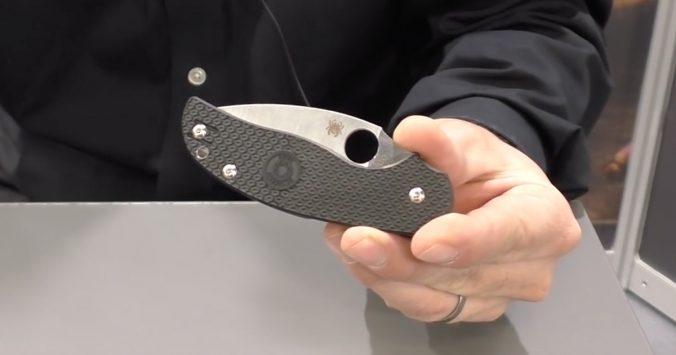Buying your first pocket knife?
Purchasing one can seem intimidating if it’s your first time. Some people assume pocket knives are all the same but they’re not! There are so many factors to consider if you want to buy the best pocket knife for your specific needs.
Take a deep breath; we’re here to help you out. Check out our guide below for 8 crucial steps to get the best folding knife:
1. How Many Blades?
One of the first things you have to figure out is whether you want one blade, two, or more. This decision heavily alters all other factors and this is why we’re looking at it first.
A knife with a single blade gives you optimal functionality but for one purpose. You’ll get a dedicated carving knife, a dedicated hunting knife, and so on.
Getting multiple blades works the other way around. Swiss knives a Jack-of-All-Trades deal. They’re good at multiple tasks but none of the blades are strong enough to be your ideal choice.
If you’re out hunting, a single blade is all you need. If you need a knife for odd repairs, then a Swiss knife with different blades and small tools is a better fit.
2. Carrying It Around
Decided whether you want a single blade or a multi-blade knife? Congratulations, now you have to figure out how to carry it.
Take a moment to read pocketknife reviews and videos before buying. Look for any indications of how the knife locks to your pocket or belt.
Smaller pocket knives often don’t come with clips but they’re easy to slide loosely into your pocket. Larger knives use clips and this ensures they don’t weigh down on your pockets. The best pocket knife should satisfy both aesthetics and comfort demands so consider which carrying style suits your tastes.
3. Open and Lock Systems
These are some of the most important aspects to consider. When you buy pocket knife products, take time to first learn the legalities of the opening system in your area.
Some places, like in the UK, don’t allow people to carry a fully-automatic system. In the US, it differs from state to state.
There are three main types: manual open, automatic open, and semi-automatic open.
Manual knives are the old-fashioned designs in which you have to pull the blade out of the fold, requiring two hands. Semi-automatics require you to pull the blade out a bit before it pops out. Automatic open simply require a button press to open the blade and lock it steadily in place.
Also, consider the locking system too. Frame locks, liner locks, and lock-backs determine you can use the knife with one hand or two.
4. Blade Size
If this is your first pocket knife, don’t forget to look at the length of the blade too. Smaller blades are great for light tasks and are likely legal anywhere you go. Medium to large blades are heavier and you may run into legal issues depending on local laws regarding weapons and dangerous tools.
The blade’s length also determines the kind of work it can tackle. Smaller blades are great for tasks in tight spaces and those that need a fragile touch. Larger blades won’t work well for those cases but they’re the better choice for heavy-duty work.
5. Knife Material
When it comes to materials and build of the blade, it boils down to two main options: carbon and stainless steel. There are also high-carbon stainless steel knives and alloys of different mixtures.
Carbon and stainless steel reign supreme due to their durability. To determine a knife’s hardness, ask for its HRC rating. HRC refers to the Rockwell C scale and many consider it more accurate compared to the Mohs scale, which measures resistance.
There is one thing to take note: if you find a pocket knife built from alloy steel, look for a specific list of the metals used. If the knife simply states “stainless steel” with no HRC rating or popular brand, don’t buy it.
6. The Knife Edge
Do you need to cut rope or something similarly tough? Get a pocket knife with a serrated edge. If you need a pocket knife for smooth slicing or push cutting, get a knife with a plain edge.
If you’re not sure or if you might need both edges, get a pocket knife that has both. Some hunting knives have a plain edge along the upper half, close to the tip, and a serrated edge closer to the handle.
7. The Knife Handle
A good edge and a quick open/lock system won’t do you good if the handle isn’t up to standards. Consider the size of the handle with your hands and look around for something with an ergonomic design as this guarantees a comfortable grip.
You should also consider the handle materials.
Bone and wood are the classic choices but you can find pocket knives that use plastic capable of emulating their style and feel. Composite materials and metal are available too and these offer a more contemporary look.
The design matters too. Karambit pocket knives, which originated from the Philippines and Indonesia, have a large loop so you can lock your thumb or small finger. This ensures people can’t slap it off your hand.
Other designs focus on multi-tasking convenience or durability.
8. Price Matters
Now you have to look at pocket knives that fit the previous seven categories and your budget.
How much are pocket knives? Fortunately, pocket knives come in a wide assortment of price ranges, meaning you’re bound to find something that fits your needs and budget. You can find something below $25 and some that go over $100.
Get the Best Pocket Knife Today!
It’s easy to find the best pocket knife once you go through this list and narrow down exactly what you want. The next step is to look for knives that fit all these criteria.
The good news is you’re in luck. We have a wide selection of pocket knives. If you’re having trouble finding what you need, don’t hesitate to message us and let us help you sort things out.

